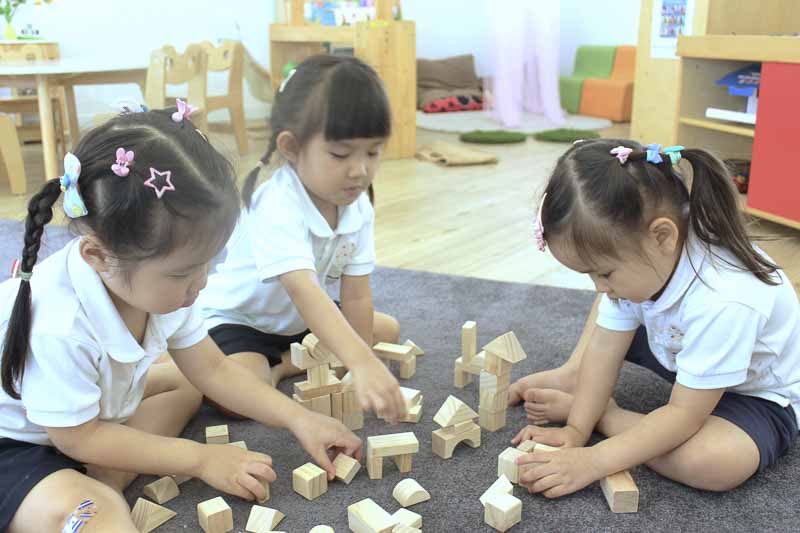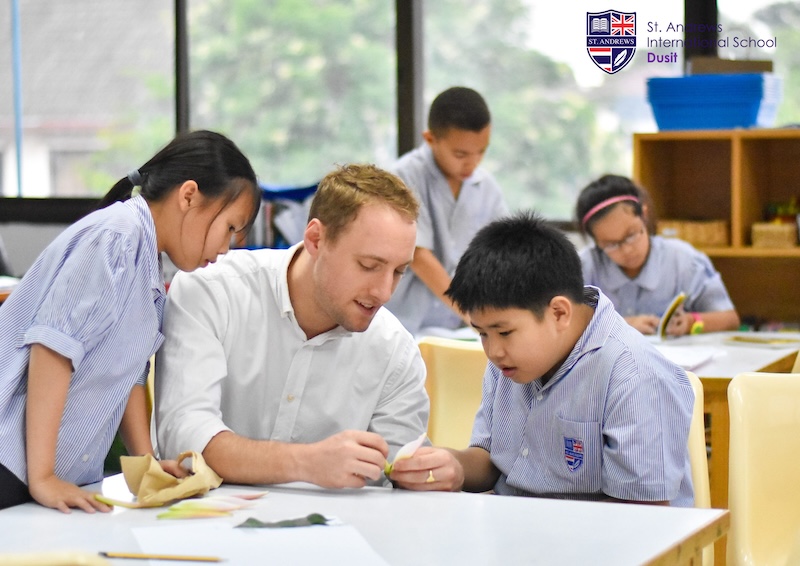Courtesy of Sophie Wilson, Academic Director at The Apple Tree International Kindergarten
In early years settings, creating an inspiring and nurturing learning environment is of paramount importance. Educators understand the significance of a well-designed classroom that not only stimulates young minds but also serves as a “third teacher.” The Reggio Emilia approach, which originated in Reggio Emilia, Italy, places a strong emphasis on the classroom environment as an essential component of early childhood education.
The approach, developed by Loris Malaguzzi, is rooted in the belief that children are active learners who construct knowledge through their interactions with their environment and peers. This philosophy recognizes the significance of the classroom environment in shaping the learning experience. It views the environment as an essential component, alongside the child and the teacher, in the educational journey. In this approach, the classroom is considered the “third teacher” because of its influential role in guiding and facilitating learning.
As we continue to explore and refine early childhood education practices, the Reggio Emilia approach serves as an inspiring model that highlights the potential of the classroom as a catalyst for growth and discovery in the early years. At The Apple Tree International Kindergarten we follow the Reggio Emilia approach to teaching and learning and consider the environment as the third teacher. The concept of the learning environment as the “third teacher” encourages educators to create spaces that are rich in possibilities for exploration, discovery, and communication. Here are the key principles we follow when designing our learning spaces:
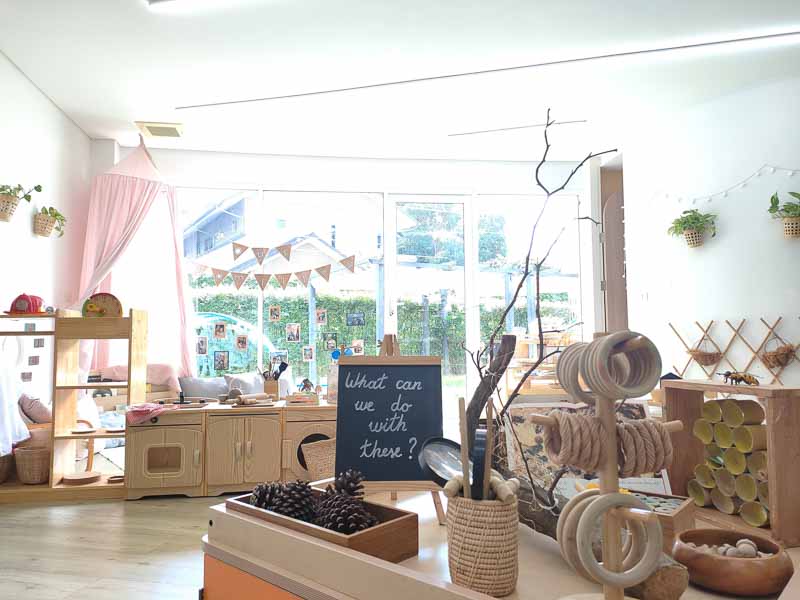
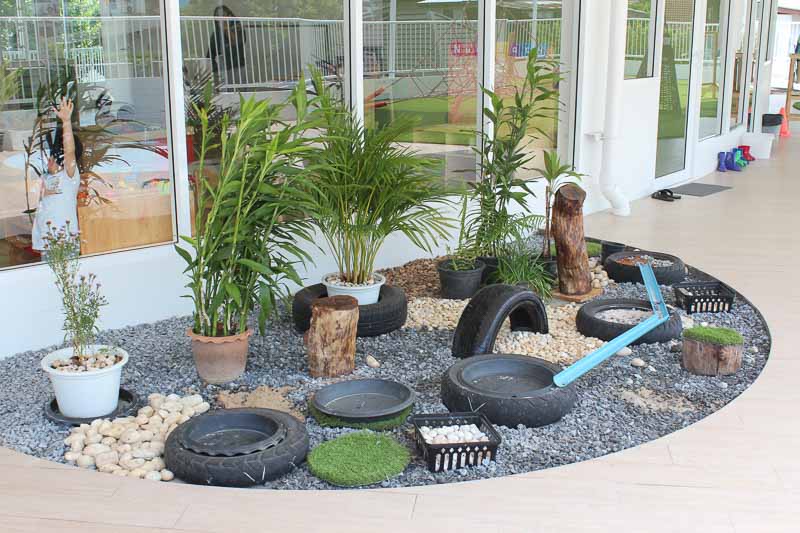
Aesthetic Beauty: The classroom environment should be aesthetically pleasing, invoking a sense of wonder and curiosity in young learners. The use of natural materials, soft colors, and an organized layout can help create a visually appealing space.
Flexibility: Learning spaces should be adaptable to accommodate various activities and group sizes. This flexibility allows children to engage in different learning experiences and fosters a sense of agency and choice in their educational journey.
Documentation: The walls of the classroom serve as a canvas for documenting children’s thoughts, ideas, and processes. Visual displays of their work, photographs, and written reflections provide opportunities for children to revisit and build upon their learning.
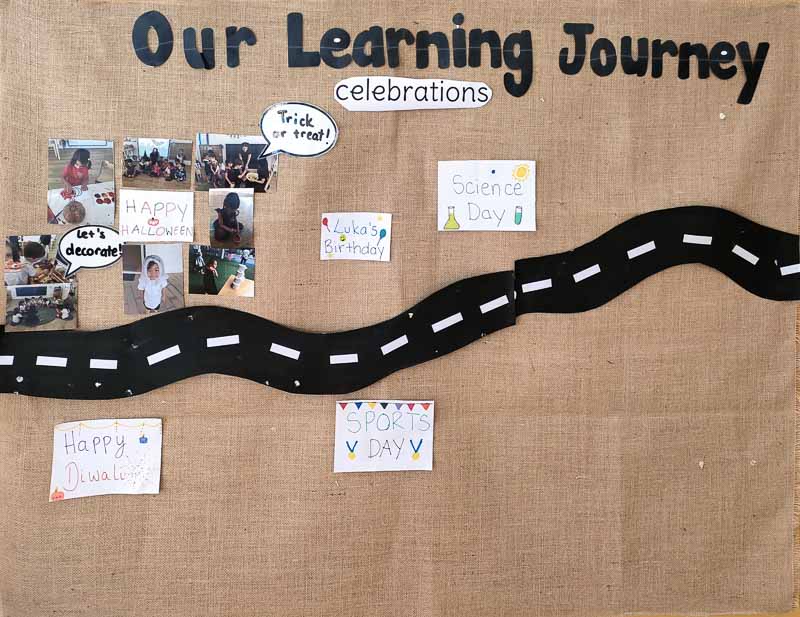
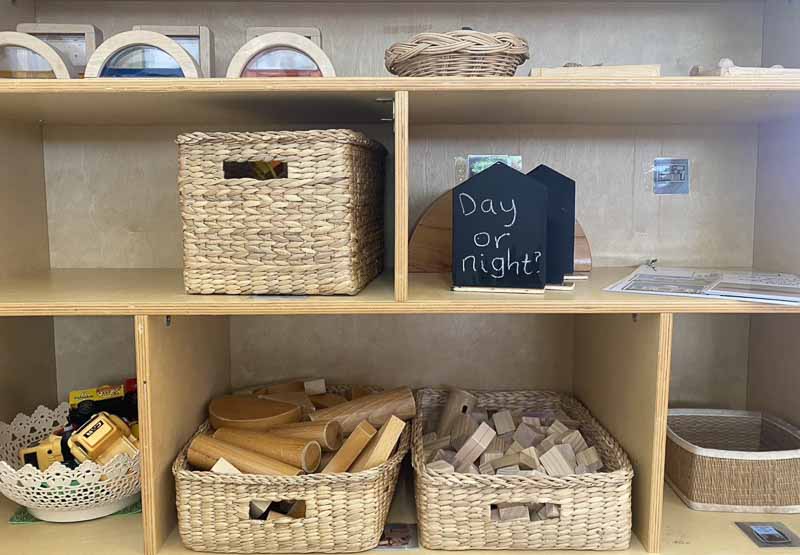
Natural Elements: Incorporating nature into the classroom environment can stimulate curiosity and a connection to the natural world. Plants, natural light, and open-ended materials like sand and water tables can enhance the learning experience.
Order and Organization: A well-organized classroom promotes a sense of calm and security. Children can easily locate materials and resources, fostering independence and self-regulation.
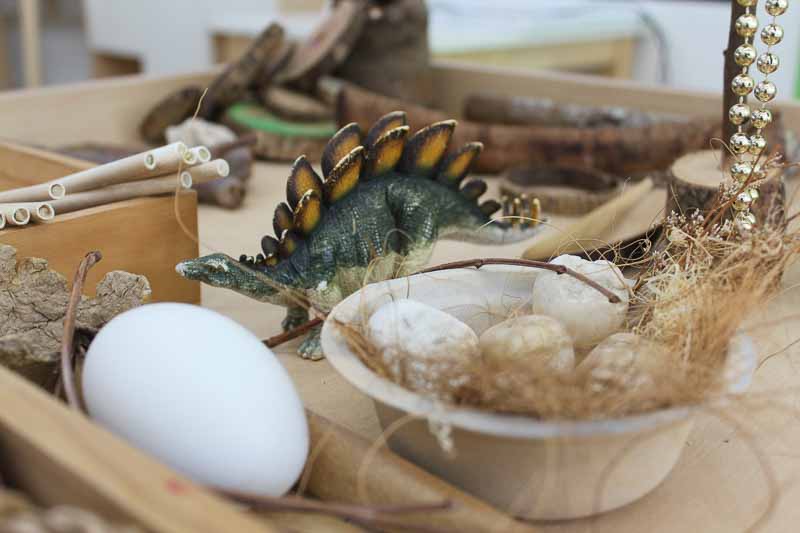
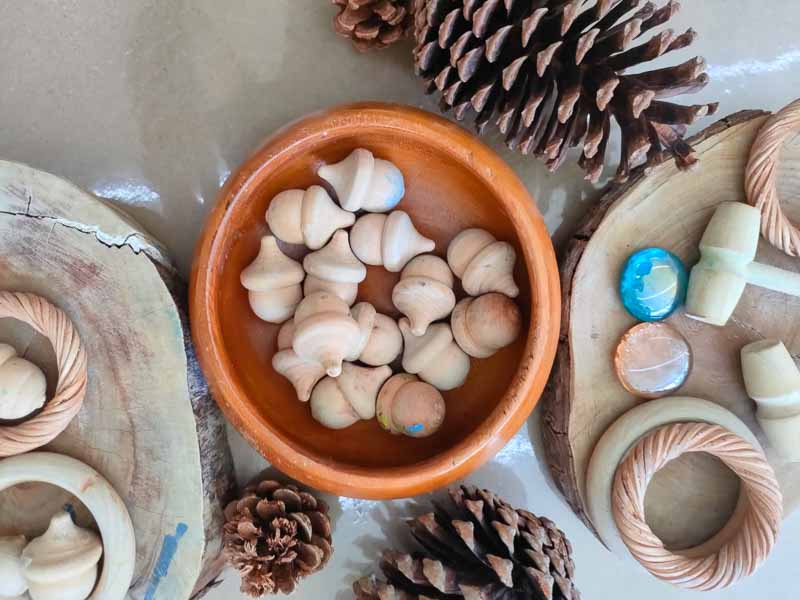
Embracing the Reggio Emilia approach and treating the classroom as the third teacher has significant implications for holistic development in early years settings.
Cognitive Development: Our carefully designed environment encourages children to explore, question, and problem-solve. This fosters critical thinking skills, creativity, and a deep understanding of concepts.

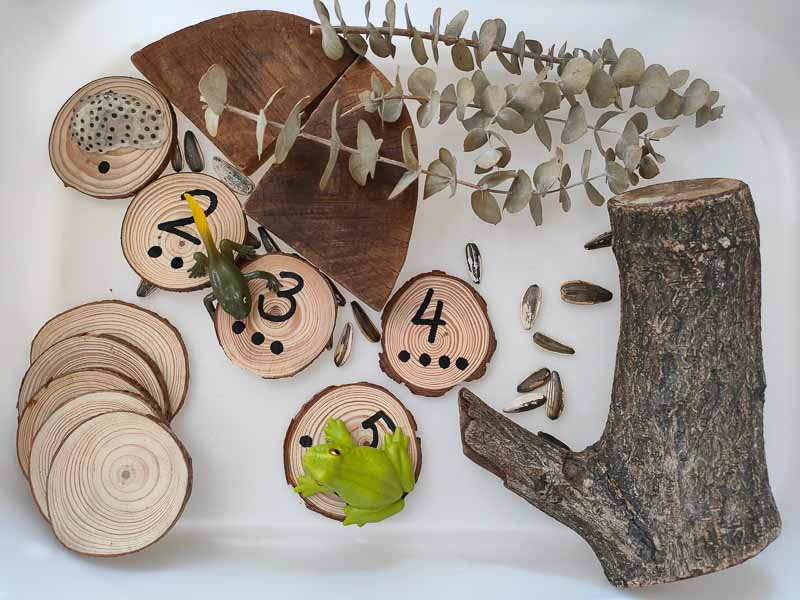
Social and Emotional Development: The classroom as the third teacher supports the development of social skills, empathy, and emotional intelligence. Collaboration, communication, and the opportunity to express oneself through various mediums contribute to well-rounded social and emotional growth.
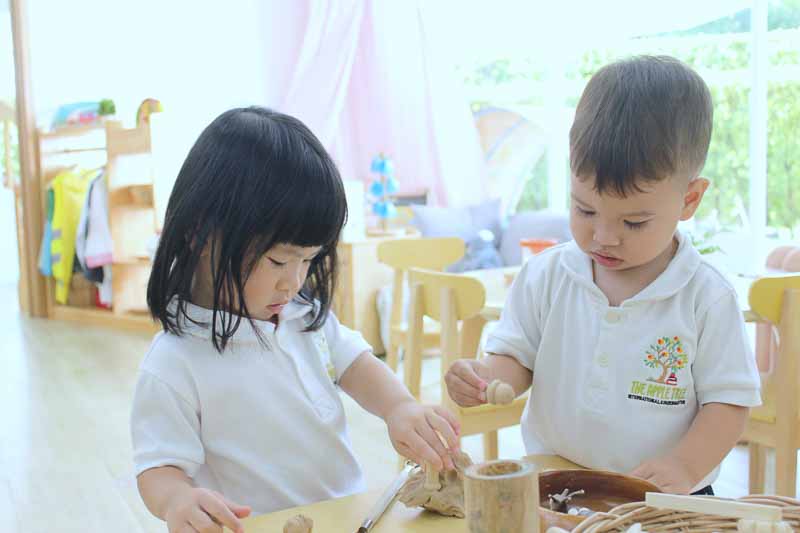
Language and Communication: Our learning environment encourages language development as children engage in dialogue, storytelling, and the interpretation of visual displays. It promotes communication skills, listening, and expression.
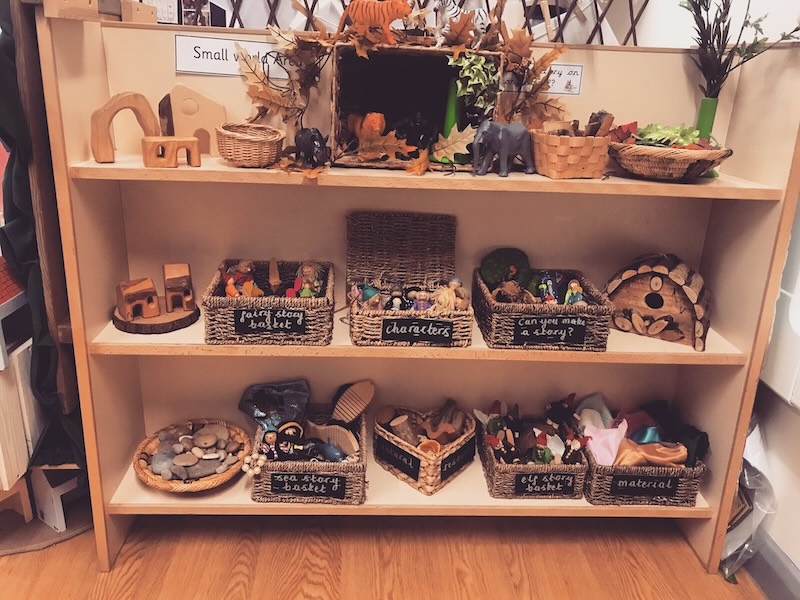
Independence and Agency: The flexible and organized classroom environment empowers children to make choices and decisions. This builds a sense of independence and agency in their learning journey.
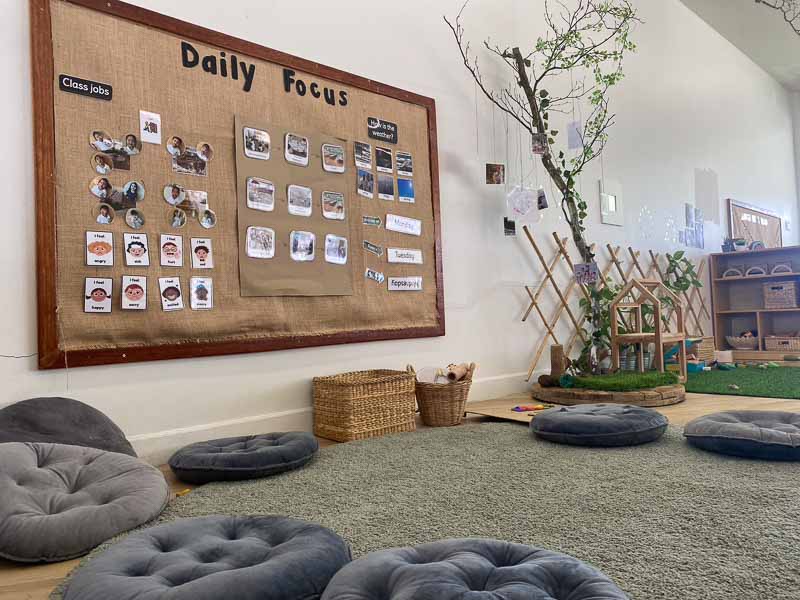
At The Apple Tree International Kindergarten, the classroom environment is not just a physical space; it’s a dynamic partner in the educational process. By recognizing it as the “third teacher,” we can harness the power of design, aesthetics, and flexibility to create a nurturing and stimulating environment that enhances cognitive, social, emotional, and language development in our young learners.


